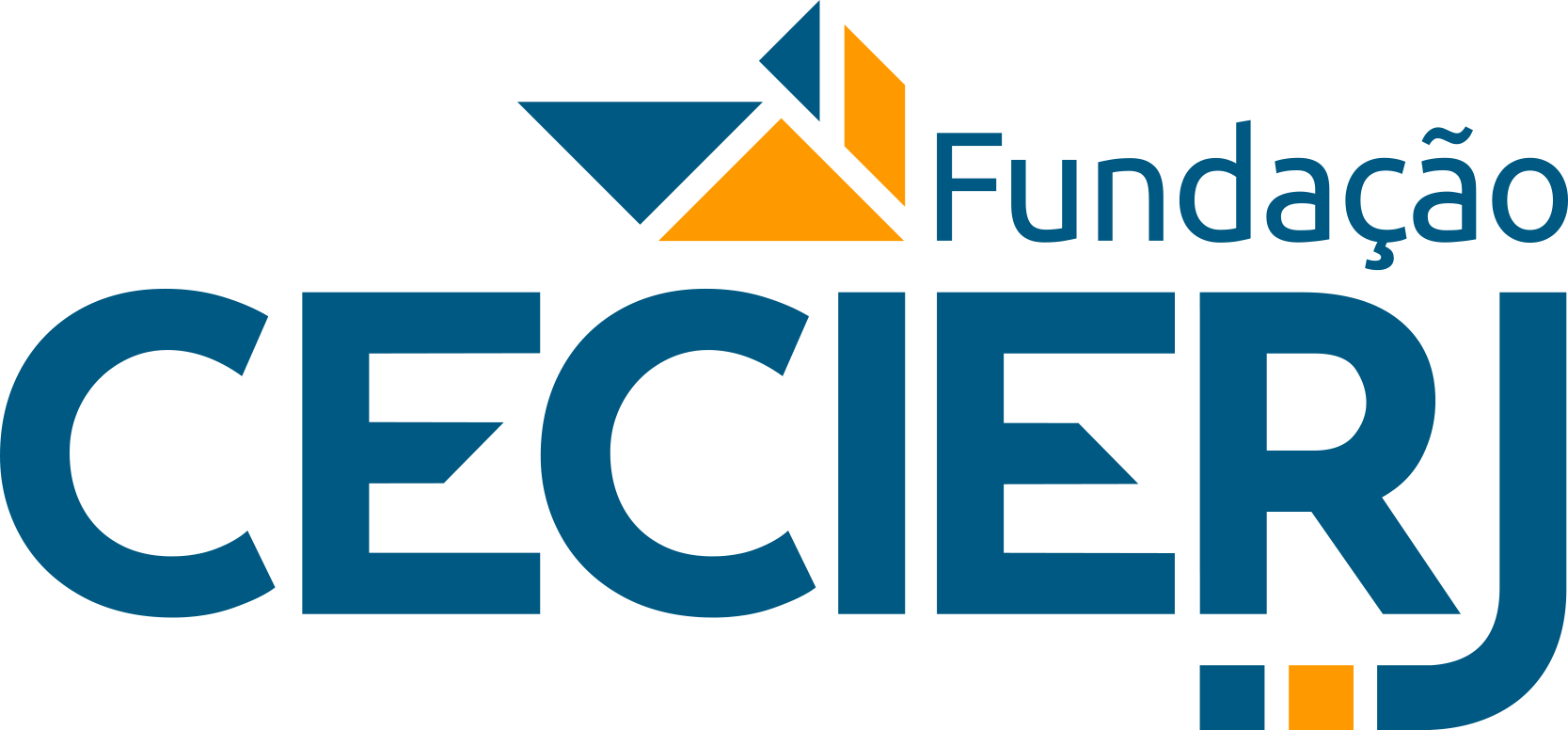Telemedicine During Covid-19 Pandemic - a Medical Education Program
DOI:
https://doi.org/10.18264/eadf.v12i1.1748Abstract
The Covid-19 pandemic is responsible for a major impact on medical education, leading to the suspension of face-to-face meetings and reformulation of curricular structures. New methodologies, such as telemedicine, have emerged as a teaching tool that provides practical and safe activities. In this context, a group from a Federal University started a program to fight Covid-19, developing a platform for medical students to provide assistance to patients with the flu syndrome. This program aimed at medical education in telehealth skills and care for patients with flu syndrome. To certify that such competences were acquired, the present study carried out an evaluation of the program's effectiveness from an educational point of view, following the Kirkpatrick methodology. Of the fifty-six students who participated in the program, fifty (89%) answered the questionnaire. The results showed high average scores regarding the degree of student satisfaction with the program and the degree of confidence and commitment to using telemedicine in the future. Post-test results indicated higher significance on the acquisition of knowledge and skills in telemedicine and patient care with Covid-19. In addition to changes in the local health context, by providing real care to patients with the flu syndrome. The program was able to provide a robust and effective educational experience for students. Indicating the impact of educational programs within specific health contexts, such as epidemics of highly transmissible diseases, and acquisition of necessary skills in telemedicine and emerging diseases.
Keywords: Remote monitoring. Telehealth. E-health services. Digital health. Telehealth services.
Downloads
References
ACCREDITATION COUNCIL FOR GRADUATE MEDICAL EDUCATION (ACGME). Program Director Guide to the Common Program Requirements; 2010.
ALABOUDI, A.; ATKINS, A.; SHARP, B. et al. Barriers and challenges in adopting Saudi telemedicine network: The perceptions of decision makers of healthcare facilities in Saudi Arabia. J Journal of infection public health, 9, n. 6, p. 725-733, 2016.
ARON, J. A.; BULTEEL, A. J.; CLAYMAN, K. A. et al. A role for telemedicine in medical education during the COVID-19 pandemic. J Academic Medicine, 2020.
BAUTISTA, C. A.; HUANG, I.; STEBBINS, M.; FLOREN, L. C. et al. Development of an interprofessional rotation for pharmacy and medical students to perform telehealth outreach to vulnerable patients in the COVID-19 pandemic. J Journal of interprofessional care, 34, n. 5, p. 694-697, 2020.
BERGER, R.; KALTENBACH, T.; BÖSCH, L. et al. Digital and disrupted: All change for healthcare. J Think Act, September, 2016.
BERWICK, D. M.; FINKELSTEIN, J. A. Preparing medical students for the continual improvement of health and health care: Abraham Flexner and the new "public interest". Acad Med, 85, n. 9 Suppl, p. S56-65, Sep 2010.
BERWICK, D. M.; NOLAN, T. W.; WHITTINGTON, J. The triple aim: care, health, and cost. Health Aff (Millwood), Health Perform Revisited, 27, n. 3, p. 759-769, May-Jun 2008.
BHANJI, F.; GOTTESMAN, R.; DE GRAVE, W. et al. The retrospective pre–post: A practical method to evaluate learning from an educational program. J Academic emergency medicine, 19, n. 2, p. 189-194, 2012.
BRASIL. Ministério da Saúde: Protocolo de Manejo Clínico Do Coronavírus (Covid-19) na Atenção Primária í Saúde. 2020.
CHEN, E. T. Telemedicine Trajectory in Healthcare. J International Journal of Patient-Centered Healthcare, 9, n. 1, p. 18-31, 2019.
DANIEL, M.; GORDON, M.; PATRICIO, M. et al. An update on developments in medical education in response to the COVID-19 pandemic: A BEME scoping review: BEME Guide No. 64. Med Teach, 43, n. 3, p. 253-271, Mar 2021.
DARNTON, R.; LOPEZ, T.; ANIL, M. et al. Medical students consulting from home: A qualitative evaluation of a tool for maintaining student exposure to patients during lockdown. J Medical Teacher, 43, n. 2, p. 160-167, 2021.
DAVIDSON COLLEGE. The College Crisis Initiative (C2I). Covid-19 dashboard. 2020.
DAVIS, G. A. Using a Retrospective Pre-Post Questionnaire To Determine Program Impact. J of Extension, Number 4, 41, 2002.
DEJONG, C.; LUCEY, C. R.; DUDLEY, R. A. Incorporating a new technology while doing no harm, virtually. J Jama, 314, n. 22, p. 2351-2352, 2015.
DONELAN, K.; BARRETO, E. A.; SOSSONG, S. et al. Patient and clinician experiences with telehealth for patient follow-up care. J Am J Manag Care, 25, n. 1, p. 40-44, 2019.
DULLET, N. W.; GERAGHTY, E. M.; KAUFMAN, T. et al. Impact of a university-based outpatient telemedicine program on time savings, travel costs, and environmental pollutants. J Value in Health, 20, n. 4, p. 542-546, 2017.
FIGUEREDO, L. P.; SOARES, L. C.; BARROS, L. F. et al. Educação médica no Brasil: barreiras í implementação do ensino online em tempos de pandemia. Revista Educação em Saúde, 2020.
FRYE, A. W.; HEMMER, P. A. Program evaluation models and related theories: AMEE guide no. 67. J Medical teacher, 34, n. 5, p. e288-e299, 2012.
GELBURD, R. FAIR Health"™s monthly telehealth regional tracker suggests impact of COVID-19: Telehealth Claim Lines Increase 8,336 Percent Nationally from April 2019 to April 2020. 2020.
GUIMARíES, M. P. d. O.; MAYER, A. F.; LIMA, G. L. R. et al. Engajamento e Protagonismo Estudantil na Promoção da Educação Médica em Tempos de Pandemia da Covid-19. J Revista Brasileira de Educação Médica, 44, 2020.
IANCU, A. M.; KEMP, M. T.; ALAM, H. B. Unmuting medical students"™ education: utilizing telemedicine during the COVID-19 pandemic and beyond. J Journal of Medical Internet Research, 22, n. 7, p. e19667, 2020.
JUDSON, T. J.; ODISHO, A. Y.; NEINSTEIN, A. B. et al. Rapid design and implementation of an integrated patient self-triage and self-scheduling tool for COVID-19. Journal of the American Medical Informatics Association, 27, n. 6, 2020.
KIRKPATRICK, J. D.; KIRKPATRICK, W. K. Kirkpatrick's four levels of training evaluation. Association for Talent Development, 2016.
KOPP, A. R.; RIKIN, S.; CASSESE, T. et al. Medical student remote eConsult participation during the COVID-19 pandemic. J BMC medical education, 21, n. 1, p. 1-10, 2021.
LUCEY, C. R.; JOHNSTON, S. C. The transformational effects of COVID-19 on medical education. J Jama, 324, n. 11, p. 1033-1034, 2020.
MCLEAN, M.; CILLIERS, F.; VAN WYK, J. M. Faculty development: yesterday, today and tomorrow. J Medical teacher, 30, n. 6, p. 555-584, 2008.
MOREAU, K. A. Has the new Kirkpatrick generation built a better hammer for our evaluation toolbox? J Medical teacher, 39, n. 9, p. 999-1001, 2017.
MOUSA, A. Y.; BROCE, M.; DAVIS, E. et al. Telehealth electronic monitoring to reduce postdischarge complications and surgical site infections after arterial revascularization with groin incision. Journal of vascular surgery, 66, n. 6, p. 1902-1908, 2017.
PAPAPANOU, M.; ROUTSI, E.; TSAMAKIS, K. et al. Medical education challenges and innovations during COVID-19 pandemic. Postgrad Med J, p. postgradmedj-2021-140032, Mar 29 2021.
PORTNOY, J.; WALLER, M.; ELLIOTT, T. Telemedicine in the Era of COVID-19. J The Journal of Allergy Clinical Immunology: In Practice, 2020.
ROSE, S. Medical Student Education in the Time of COVID-19. J JAMA, 323, n. 21, p. 2131-2132, 2020.
SCHINKÖTHE, T.; GABRI, M. R.; MITTERER, M. et al. A Web-and App-Based Connected Care Solution for COVID-19 In-and Outpatient Care: Qualitative Study and Application Development. J JMIR Public Health Surveillance, 6, n. 2, p. e19033, 2020.
SINGAL, A.; BANSAL, A.; CHAUDHARY, P. Cadaverless anatomy: Darkness in the times of pandemic Covid-19. Elsevier Masson SAS. 2021.
SIWICKI, B. Telemedicine racks up $1 million in cost avoidance savings for Tallahassee Memorial. Healthcare IT News, 2018.
SMITH, A. C.; THOMAS, E.; SNOSWELL, C. L. et al. Telehealth for global emergencies: Implications for coronavirus disease 2019 (COVID-19). Journal of telemedicine telecare, 2020.
SOLED, D.; GOEL, S.; BARRY, D. et al. Medical student mobilization during a crisis: lessons from a COVID-19 medical student response team. J Academic Medicine, 2020.
WALKER, C.; ECHTERNACHT, H.; BROPHY, P. D. Model for medical student introductory telemedicine education. Telemedicine and e-Health, 25, n. 8, p. 717-723, 2019.
WASEH, S.; DICKER, A. P. Telemedicine training in undergraduate medical education: mixed-methods review. JMIR medical education, 5, n. 1, p. e12515, 2019.
WONG, L. E.; HAWKINS, J. E.; LANGNESS, S. et al. Where are all the patients? Addressing Covid-19 fear to encourage sick patients to seek emergency care. J NEJM Catalyst Innovations in Care Delivery, 2020.
Downloads
Published
How to Cite
Issue
Section
License
Copyright (c) 2022 EaD em Foco

This work is licensed under a Creative Commons Attribution 4.0 International License.
All articles published in Revista EaD em Foco receive the license
Creative Commons - Atribuição 4.0 Internacional (CC BY 4.0).
All subsequent publications, complete or partial, must be made with the acknowledgment, in citations, of the Revista EaD em Foco as the original editor of the article.













